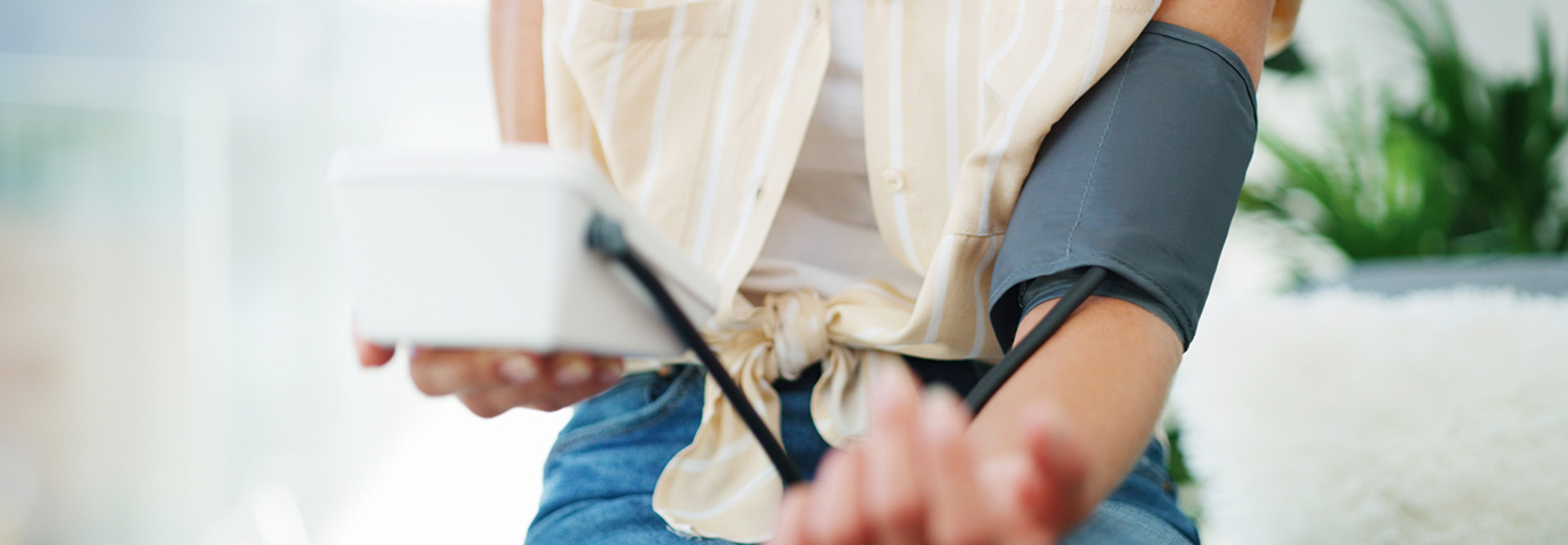However, collecting patient data is not the only goal of an RPM program. Patient education is another major component. Chandra says the data can empower patients and give them the information they need to help modify their behavior or lifestyle to create healthier outcomes.
As part of an RPM program, clinicians can use smart phones or tablets to send patients education modules specific to their needs, along with daily tips on types of foods to eat and why it’s important to exercise.
“This enables patients to become more educated and be in charge of their health,” says Chandra. “Many good clinical outcomes are the result of education. We can’t forget that when talking about RPM.”
Remote Patient Monitoring Lowers Healthcare Costs
Reducing visits and hospitalizations in the short term through RPM results in lower healthcare spending. RPM can also reduce long-term costs associated with complications, such as the costs for evaluations, testing or procedures.
“RPM is a great program that has benefits for every stakeholder,” says Chandra.
He points out that there is a shortage of primary care providers in many parts of the U.S. RPM allows clinicians to better reach their patients, collect health data, provide medical management and achieve satisfaction that the patient is taken care of while the provider meets their metrics, he says.
“More and more primary care physicians are able to meet their metrics. There are some financial incentives for meeting those metrics. So, the patient is happy, the provider is happy that the patient is happy, and the provider is happy because of the added financial incentives,” he says.
However, healthcare organizations should be aware that Medicare, Medicaid and private insurance do not always have the same reimbursement policies or inclusion criteria, says Chandra.
Silva says it’s important for clinicians to work with hospital or office billing teams to understand proper reporting codes.
Challenges and Tips for RPM Program Success
The biggest challenge to implementing an RPM program is finding a good vendor solution, says Chandra. The vendor app needs to integrate with the EHR, connect with a variety of devices and generate customizable reports. Chandra suggests finding a vendor that provides quality customer service.
Finding eligible patients is another major consideration for healthcare organizations interested in implementing an RPM program.
“There are hundreds of thousands of patients in Mississippi, but how do we find them? At UMMC, we’ve worked with different hospitals, clinics and community health centers to find eligible patients,” says Chandra. “We also had to come up with inclusion criteria to determine which patients are eligible. This shouldn’t be too narrow a range because you don’t want to exclude too many people; you want to benefit a large section of the population.”
LEARN MORE: The possibilities and pitfalls of wearable tech in healthcare.
He also recommends that RPM program teams engage the patient’s primary care provider up front so there is no surprise about the patient’s participation. Additionally, gaining provider buy-in could result in that provider recommending other eligible patients for the program.
There are also ethical considerations for the medical community as RPM adoption gains traction. The increased use of artificial intelligence, machine learning and deep learning algorithms applied to RPM data can result in a system that informs therapy in addition to conducting physiological monitoring, says Silva:
“Imagine glucose as a rudimentary example: If your glucose level reaches a certain point, it could suggest you need a certain level of insulin. What’s the physician’s role in that? How comfortable are we with devices making those types of determinations independent of a physician’s input? If you factor in applications that may or may not use AI with ML or DL algorithms, those decisions are being made by either a continuously learning or locked system, but based on a training data set. There are some important considerations there. How are those technologies and interfaces working toward patient care? As these technologies become more commonplace, there’s a responsibility within the medical community to continue to longitudinally evaluate how they are affecting patient care, experience and outcomes.”
How Policy Impacts Remote Patient Monitoring Programs
Medicare and Medicaid reimburse for RPM because it can lower costs spent on chronic disease care by preventing hospital admissions, says Chandra. The pandemic highlighted the importance of remote patient monitoring, prompting new federal policies for the duration of the health emergency.
At the beginning of the COVID-19 pandemic, the U.S. Centers for Medicare and Medicaid Services (CMS) expanded Medicare coverage for RPM to include patients with acute conditions and new patients as well as existing patients. The U.S. Food and Drug Administration issued a policy allowing FDA-approved, noninvasive devices to be used to monitor vital signs in remote settings.
It’s unclear which allowances made during the emergency will be lifted and which will remain once the emergency is over. Silva says the issue requires careful research of outcomes during the pandemic, how patients responded to the technology and what can be improved.
MORE FROM HEALTHTECH: Remote patient monitoring offers accessible care to veterans.
RPM device use could be expanded to preventive care for healthy individuals; however, Chandra points out that the funding is not available because CMS does not reimburse for this service.
One way to better support RPM services is to expand coverage. Silva says that while the fee-for-service model has value and is familiar to patients, coverage can be limiting. For example, CMS clarified in January 2021 that it will pay for the device supply once during a 30-day period, but it has to be used for at least 16 days. However, that may not meet every patient’s needs, leaving some costs at risk for nonreimbursement.
Silva says there is potential for a value-based care model to create some downstream benefit for patients and enable quality outcomes to justify the use of remote patient monitoring technologies and their expenses.












